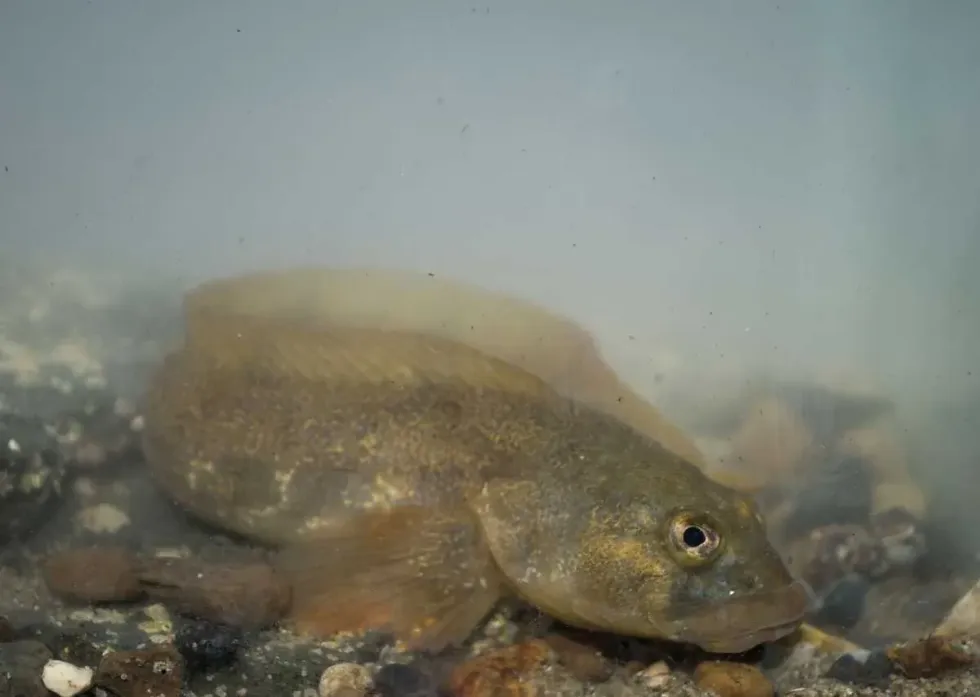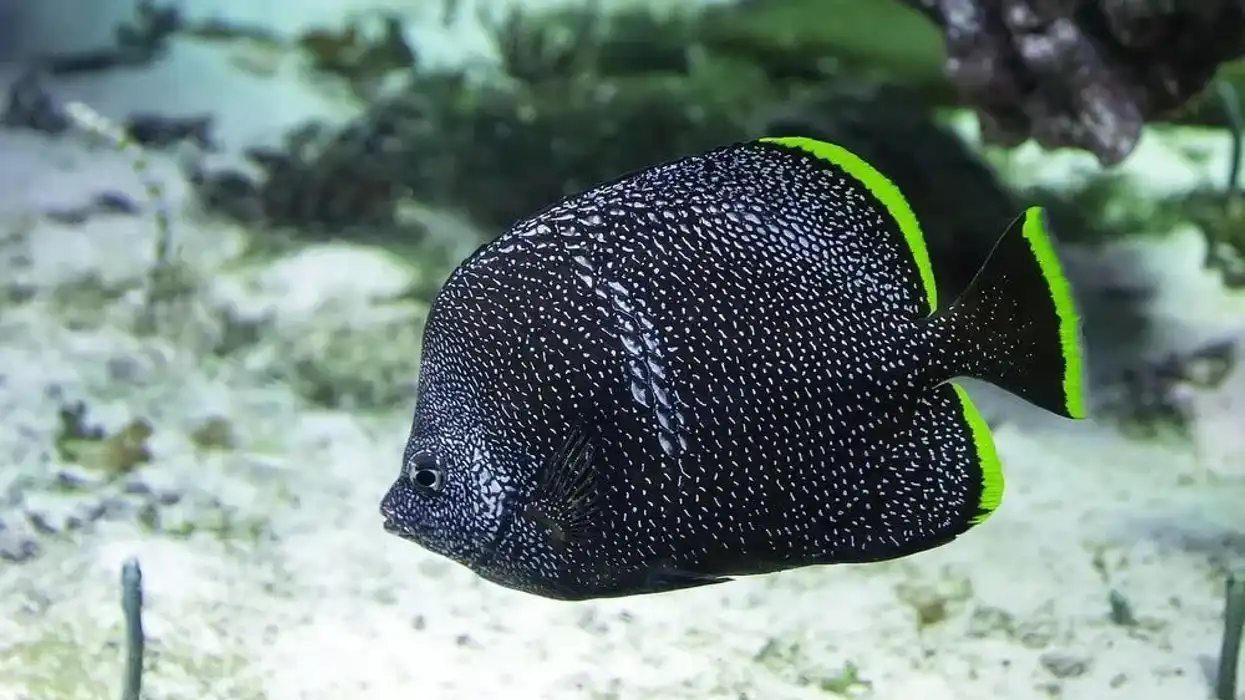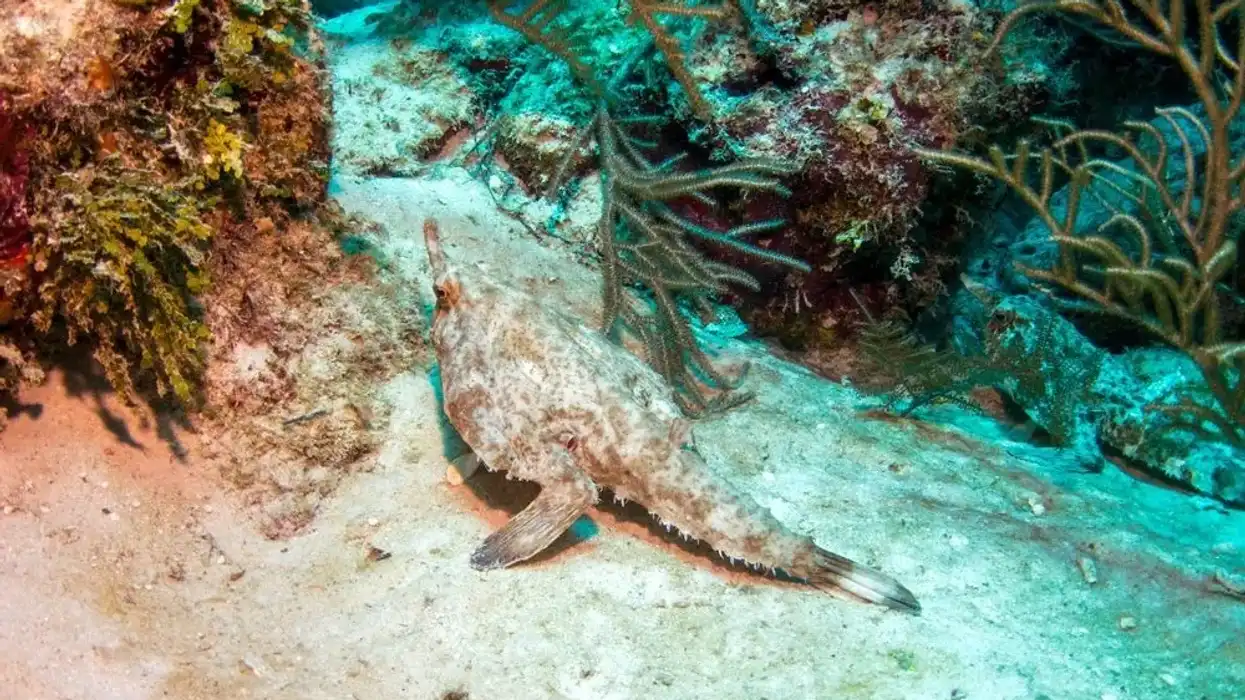The eelpout freshwater cod are the ray-finned found in ice and water. They belong to the group Zoarcidae, and as the common name suggests, they're somewhat eel-like in look. All 300 species are marine and principally bottom-dwelling.
The largest member of the Zoarcidae is Zoarces americanus, which can reach 43.3 in (110 cm) long. They look much like eels – usually referred to as the ice eelpout – and, once caught, can wrap themselves around the angler's arms and legs.
With giant heads, small eyes, downturned mouths choked with razor-sharp eelpout fish teeth, and tubes projecting from their nostrils, they're not specifically pretty. They also have a big pout.
They all exist at the bottom and can be located in shallow to medium-depth waters. Some of these fish lay eggs, whereas some, like the European eelpout (Viviparous eelpout), give birth to their young.
Let's have a look at these interesting facts, and if you like these, do read our pages on kuhli loach facts and the moray eel facts.
Eelpout Interesting Facts
What type of animal is an eelpout?
The ice burbot is a codfish of fresh water and seawater. It is also best known as burbot, mariah, fresh cod, fresh ling, fresh cusk, lawyer, coney-fish, lingcod, and eelpout. The species is closely associated with the common marine ling and, therefore, the cusk. It is the sole member of the fish genus Lota.
What class of animal does an eelpout belong to?
This fish belongs to the class Antinopterygii.
How many eelpouts are there in the world?
There are more than 250 subspecies of these big-pout fish. Their exact population, however, is unknown.
Where does an eelpout live?
A burbot fish sleeps in a temperate climate within the marine and freshwater of the northeast Atlantic together with the seas like the Baltic, Barents, Irish, North, and White Seas. It additionally sleeps in some salt inlets, where the stream Somme meets the English Channel.
What is an eelpout's habitat?
Ice burbot is the only codfish that stays in both fresh and saltwater. They're predominantly found within the Northern hemisphere, the White sea, Cheshskaya Guba, and the port coast of Barents Sea, southward to where the English Channel meets the gorgeous River Somme.
They are also found along the eastern coasts of Scotland, England, the Country Sea, the Orkneys, Shetlands, and the North Sea and Baltic waters. The distribution of this lake and sea fish is widespread across the world.
Who do eelpouts live with?
These bourbon lake fish are usually found living in groups. They cannot survive in solitude and love being in the company of other fish from the same subspecies.
How long does an eelpout live?
A burbot lake fish has a lifespan of about 20 years. Impressive, right?
How do they reproduce?
The burbot ice fish has a terribly unusual reproduction pattern. They breed within the summer by internal fertilization, which is uncommon for fish subspecies. Once the fish is pregnant, the eggs grow and hatch inside the female as these fish are livebearers. The young ones then obtain their nutrients from the ovarian follicles of the female's body.
At six months pregnant, there'll be several hundred young ones in the body of the female eelpout. At this stage, females are of their biggest size, with their profile very enlarged.
This is also why the young eelpouts are bigger than other species comparatively. This is often a large advantage to the young eelpout. They'll already be long once they are born, unlike the young of different species that have hatched from eggs and are only millimeters long.
This provides the ice eelpout a comparatively high survival rate when they are young. This certainly explains why these fish are very common in colder waters around Europe.
What is their conservation status?
Its conservation status is considered to be of Least Concern, so we need not worry about their numbers.
Eelpout Fun Facts
What do eelpouts look like?
The body of an ice eelpout is comparatively elongated laterally and compressed. Their heads are tiny and oval. Juveniles have an additional rounded snout and comparatively larger eyes than adults. They have scales below the mucose layer on their skin that are minute, cycloid, and cover their entire body.
The dorsal and anal fins continue down their bodies up to their fin. The lake fish give out a pigment known as vivianite that turns their bones tender.
This feature has no apparent biological process reasoning behind it and is harmless. Eelpouts are available in a range of colors and sizes supported wherever within the world they reside. They do not display sexual dimorphism, and both sexes look fairly similar.
How cute are they?
They are not cute at all. They are long and almost snake-like fish that most people find to be strange-looking.
How do they communicate?
This burbot long-tail and big-pout fish is known to communicate via vocalizations. They make sounds, and vibrations that the other fish capture and respond to.
How big is an eelpout?
They can grow as big as 30 in (0.76 m) long and, on average, can weigh about 2-12 lb (0.9-5.4 kg).
How fast can an eelpout swim?
The lake fish, long-tail burbot, can swim fast. They are very powerful swimmers. Their exact speed is not known.
How much does an eelpout weigh?
The Minnesota burbot can weigh around 2-12 lb (0.9-5.4 kg).
What are the male and female names of the species?
These burbot lake fish do not have specific names for males and females. Therefore, these Minnesota water fish are called eelpout fish, in general.
What would you call a baby eelpout?
These burbot lake fish do not have specific names for their young. Therefore, this Minnesota water fish's baby is called a fishling or fry.
What do they eat?
These Minnesota water burbots eat largely different fish. Depending on wherever they reside, these may include prawns, sculpins, perch, walleyes, trout perch, or lake trout. They also love to eat fish, eggs, clams, and crayfish. Young burbots eat tiny crayfish, dayfly larvae, and different aquatic insects.
Are they aggressive?
Yes, eelpout lake fish are very aggressive under ice, especially when it turns darker towards nightfall or winters.
Would they make a good pet?
These lake fish will not make good pets because of their aggressive nature.
Did you know...
Are you looking for eelpout fish facts? Though the burbot lake fish is not the prettiest in the Minnesota waters, the eelpout taste is significantly good and buttery, especially a fry or a baby ice eelpout.
Earning itself the nickname, 'poor man's lobster,' the eelpout contains a distinctive style and denser meat than typical fish.
Instead of flaky fillets, eelpout meat is commonly cubed and said to be very similar to lobster and is very good to eat.
Here's how you cook the meat: first fillet the fish, remove its skin, and then you make even cubes and drop them into a bowl of boiling soda, cook for three minutes, sauté with butter, and voila!
Several giant lake fish are caught in deep waters everywhere in Minnesota if you follow the world record eelpout and Minnesota fish catches.
However, the Lake of the Woods is where the present record eelpout was reeled in at a large 19 lb 11 oz (8.92 kg) by an American state resident! Out of the highest seven record Burbots caught, five were caught from the Lake of the Woods, four weighed at over 18 lb (8 kg).
With numbers like these, it's straightforward to say that the Lake of the Woods could very well be the eelpout capital of the world.
If you're looking at the eelpout vs. burbot (Lota lota) difference, all you need to know is that they are the same fish. This fish is called by the names of burbot, mariah, fresh cod, fresh ling, fresh cusk, the lawyer, coney-fish, lingcod, and eelpout.
The International Eelpout Festival occurs annually in Minnesota, where they celebrate these fish.
If you want to catch an eelpout, here's how: use fresh fish bait like whitefish, squid, or herring and throw it fast into the waters. This vibration will attract the eelpout fish. Use a fishing rod and fish it out.
How many subspecies of eelpouts are there?
There are more than 250 subspecies of burbot lake fish.
How do eelpouts get their name?
The name 'burbot' comes from the Latin word 'barba', meaning beard. This refers to the eelpout mouth and its single chin whisker, or barrel. Since they are eel-like in appearance and have a big pout, they are called eelpouts.
Here at Kidadl, we have carefully created lots of interesting family-friendly animal facts for everyone to discover! For more relatable content, check out these John Dory facts and Nile perch facts pages.
You can even occupy yourself at home by coloring in one of our free printable eelpout coloring pages.










